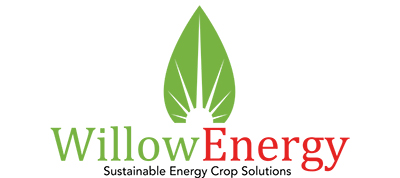Supply, management and harvesting of UK willow for biomass
Grow hardy and high-yielding willow on underutilised land for profit, biodiversity and flood management
Sustainable Energy Crop Solutions
Willow Energy Solutions For Biomass Production Systems
Sustainable Energy Crop Solutions
Income generation from willow
Willow is a tree or shrub that grows well on land that is often unsuitable for other more traditional uses such as grazing, growing cereal crops, or building. As a short-rotation crop, it can also be used on resting land.
Because of this, landowners are able to utilise empty land in a flexible and non-permanent way.
Short rotation coppice (SRC) willow grows quickly, can be harvested every three years, and then regrows from the stumps. At the end of a crop’s lifespan - which is usually between 20 to 30 years for well managed fields - the space can be easily cleared and reused for the same or other purposes.
Unlike with other trees, Willow does not permanently take up land space once it is planted.
The main use of willow currently is as wood chip in plant biomass production to reduce burning of fossil fuels. But research and development is opening up more opportunities for the plant, including as industrial glues and carbon stores. It’s even being used in research for cancer cures!
This wide range of known and potential uses mean that the value is likely to continue increasing over the coming years.
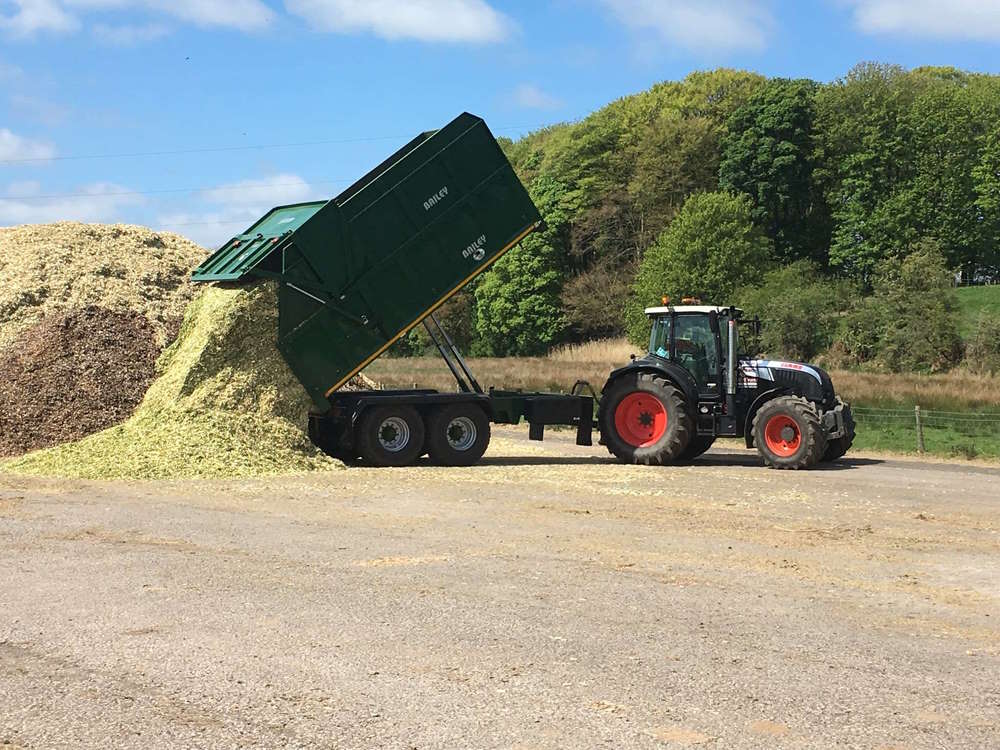


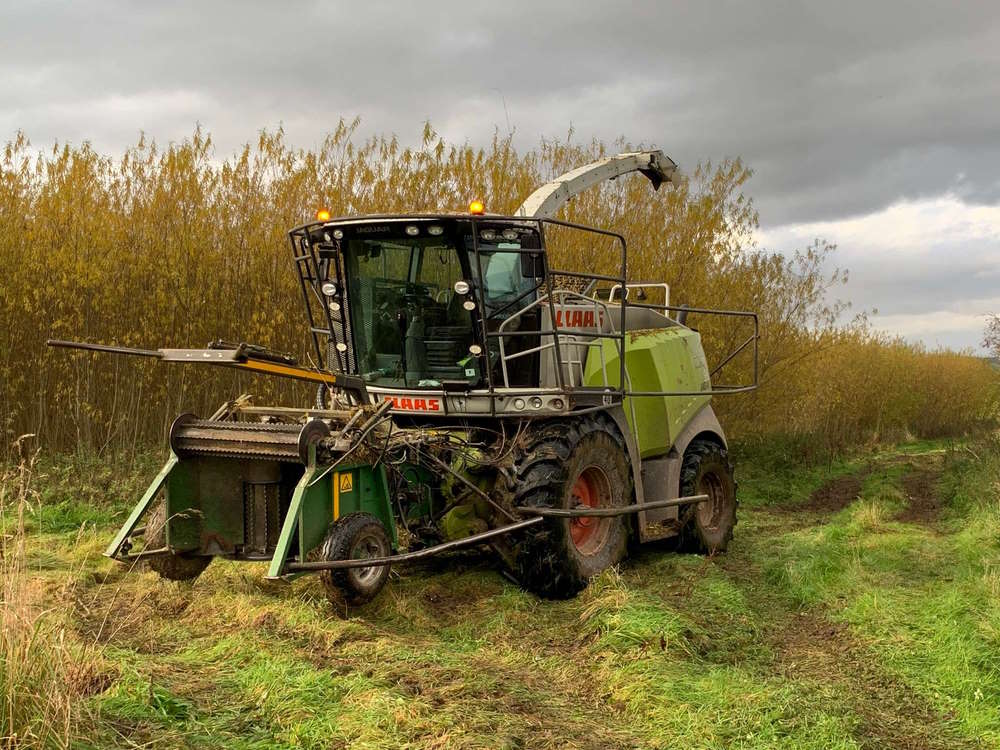
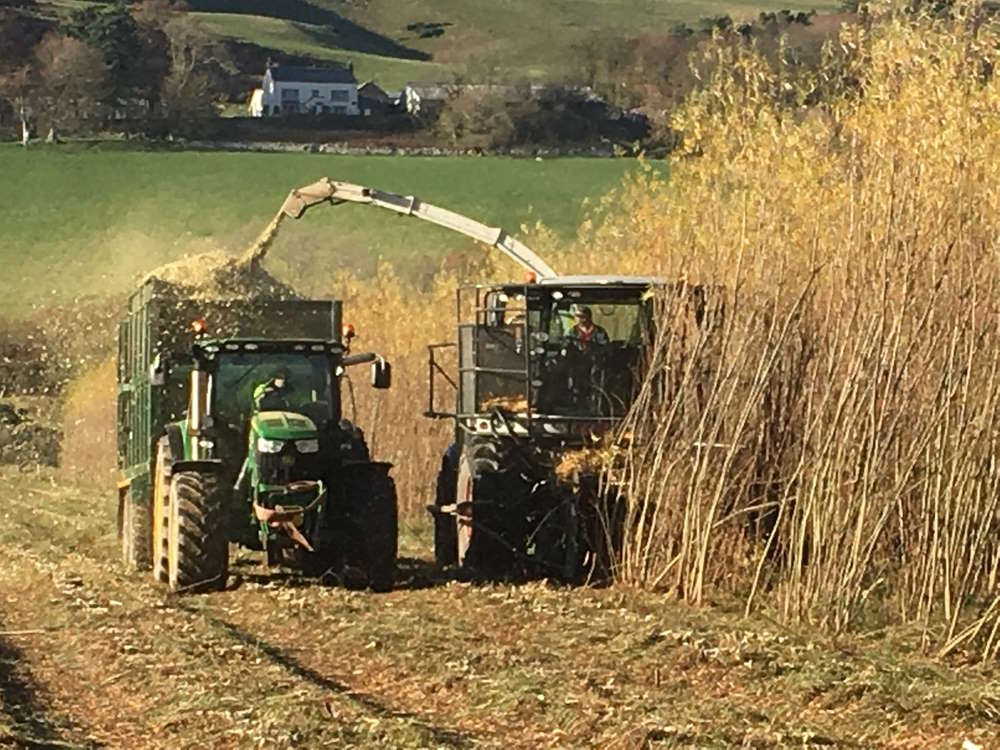
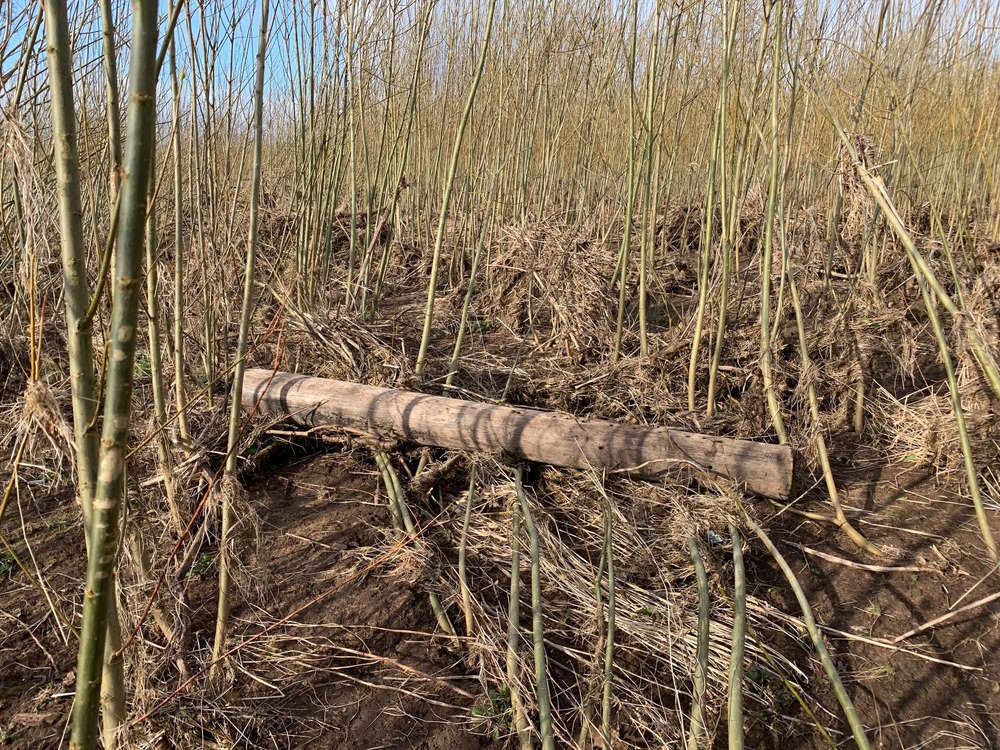
How much can I earn from willow?
Revenue from a willow plantation will very much depend on the size of the plantation, the quality of your soil, the management of the crop, and the going rate at the time of harvest.
Although the figures below are just rough guidelines, they give you an idea of what to expect from a harvest:

30-50
Poor land
per hectare per harvest.

50-65
Moderate to good land
per hectare per harvest.

65-80
Good land
per hectare per harvest.
Environmental benefits of willow
Soil regeneration
After a field has been used for many years, the quality of the soil can be badly affected. Planting short rotation willow coppice in these areas will not only make use of resting land, but will help regenerate the soil and increase its proportion of organic material.
Because the land is not being constantly worked by machinery and covered in chemicals, soil damage is greatly reduced. The non-toxic organic matter that drops from the plants also helps feed the soil.
Once the willow has come to the end of its lifespan, the field will be much healthier for growing other crops if desired.
Flood prevention
Willow is often planted on flood plains because of its usefulness in reducing the impact of excessive water. Plantations can prevent debris entering rivers, which would otherwise raise the level of the bed and reduce the depth of the river, increasing the chances of flooding. Preventing debris entering our waterways also reduces the risk of damming and damage to structures such as bridges.
The plant can also increase hydraulic roughness, which slows down water flow. This allows excess water more time to run off and so further lowers the risk of flooding.
Shrub varieties of willow, like the ones we plant, prevent soil compacting, therefore letting water escape more easily into the ground and reducing surface water build-up.
Improvements to biodiversity

Carbon reduction
As biomass, willow provides a renewable source of fuel. However, unlike other sources of renewable energy such as wind and wave, willow also removes carbon from the air. This means that, not only will growing willow help reduce the amount of fossil fuel being burned, it will extract the main greenhouse gas - carbon dioxide - from the air.
Burning the wood chip we produce does release some carbon dioxide back into the atmosphere. However, Willow Energy's management approach to biomass feedstock creates a genuine long-term reduction in carbon emissions. As part of the service, Willow Energy also promotes carbon capture solutions alongside converting biomass into an energy resource.






